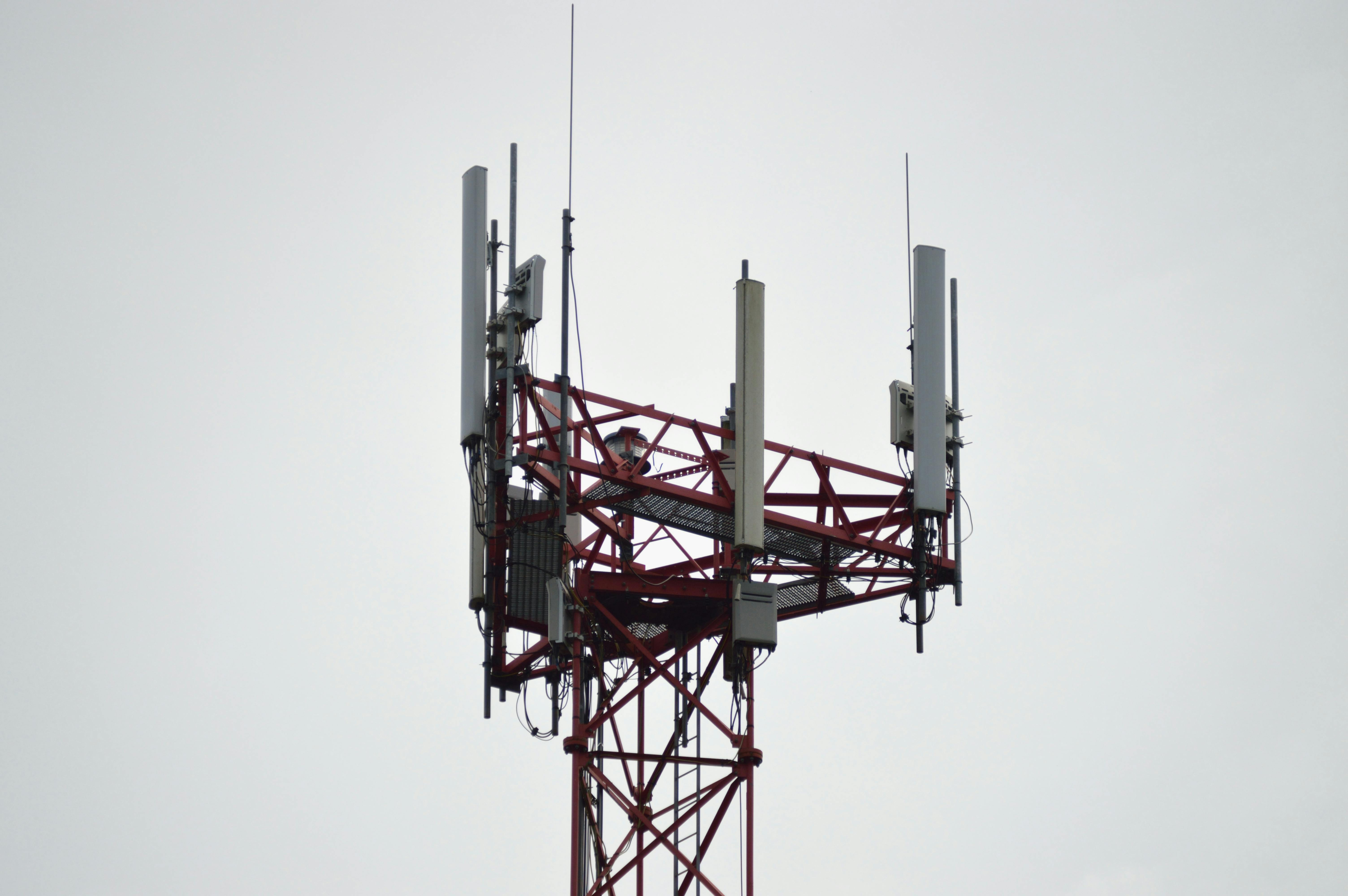In 1998, Rio introduced the Rio PMP300, the second portable consumer MP3 digital audio player. This development made them the first pioneers in portable digital audio in 1998, with the goal of “putting the most efficient technology in the hands of the people.” The first portable MP3 player was actually developed by my SaeHan Information Systems in Seoul, Korea, imported by Eiger Labs, Inc. Its development, the MPMan, measured 97mm high by 70mm wide, 16.5mm thick and weighed 2 oz. The MPMan was unsuccessful due to the rapid rise of the Rio PMP300, which was developed soon after.
Measuring 3.5 “x 2.5” x .625 “thick, the Rio PMP300 was black with an LCD screen and a circular panel with control buttons. These controls were used to move tracks back and forth, repeat, random play – with four preset equalizer settings. There was no artist or title information on the screen, but it showed the number of the track played. This MP3 player supported audio files in MP2 and MP3 format. shipped with 32 Mbytes of internal memory with a SmartMedia Slot, where its users could add more memory from a card over 32 Mbytes. This $ 200 device was powered by a single AA battery for eight to twelve hours of playback time.
Rio was best known for paving the way for the development of the portable MP3 player market for the average mainstream. Without the resources to compete with the major portable players, Apple, Philips and Creative – Rio took the route of competing to be the leader in the compact and durable player. When the Recording Industry Association of America filed a lawsuit against them in October 198, alleging that the MP3 player violated the Home Audio Recording Act of 1992, the way was open when the three-judge panel ruled in favor of the development. of Diamond Rio. Rio is owned by the Japanese firm D&M Holdings, which in August 2005 said it would stop making MP3 players for commercial reasons and take another direction.
The flash players in the Rio Forge Sport line set the standard for athletes at heart, who like to play hard with the same caliber of listening to music. Offering you three different sizes, 128MB, 256MB and 512MB players, Forge sports players are built with shock absorbing technology, FM tuner, up to 20 hours of battery life, clip-on sports headphones and stopwatch. It uses no moving parts and remains solid as your body moves into a fast race. If you spend a decent amount of time in the gym, you’ve no doubt seen these little players clinging to someone’s upper arm in a dead sprint.
The Rio Carbon 5GB and 6GB hard drive players are as big as Rio in terms of disk space, although the size of the player itself can rival the iPod Mini. With a built-in microphone for voice recording, you can record important messages to yourself in the 20 hours of battery life you have to use on a single charge, which can be done via USB or a power adapter. If you don’t have a massive music collection to store or you just want to have enough space to save a particular genre, this player has more than enough space to get the job done. Some Rio issues of concern are the jog wheel and center pad, which seem to cause a great deal of pain as they are not built for maximum durability and fracture or simply break in a relatively short period of time. Another problem for the Rio product that appears to be a problem with several different brands of MP3 players is the difficulty with the battery. It has a strong lifespan when it’s charged and ready to go, but when it’s turned off it’s not replaceable, which means you have to buy a new player. The battery is supposed to last two to three years, but in many cases it fails in a matter of months and leaves the user out in the cold.
